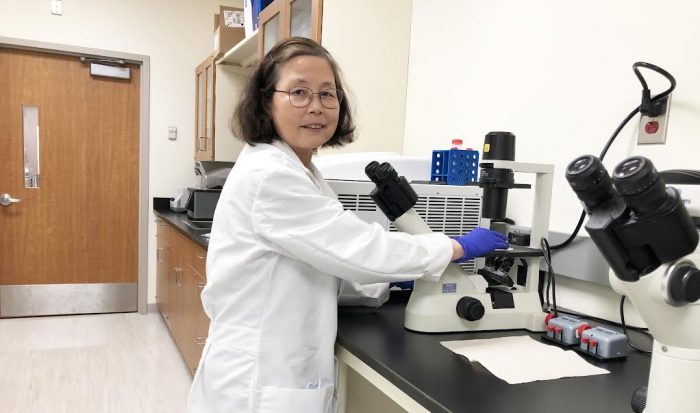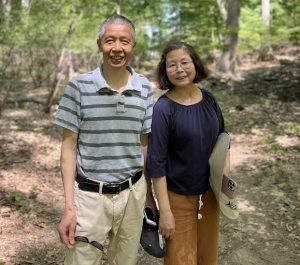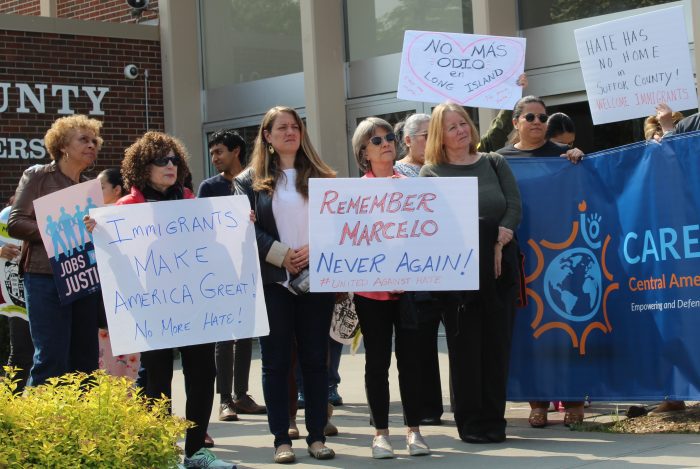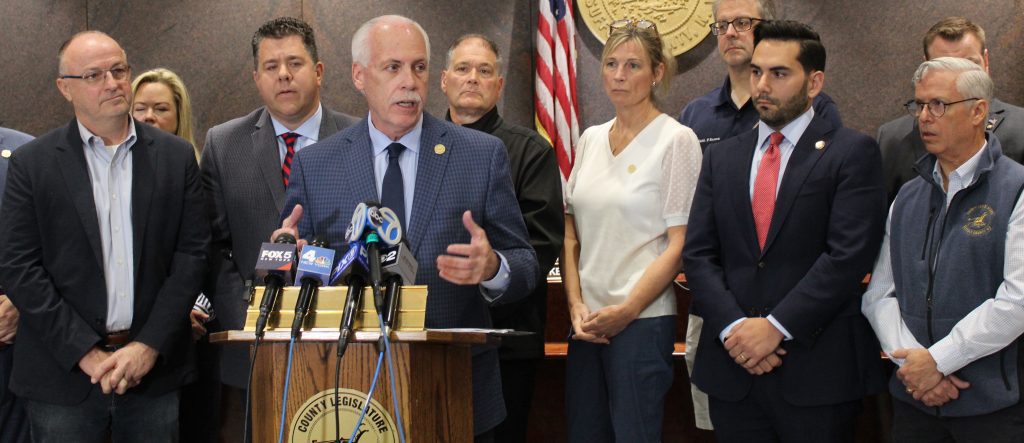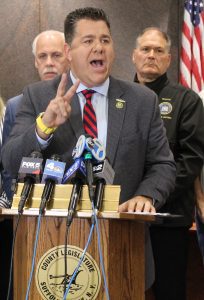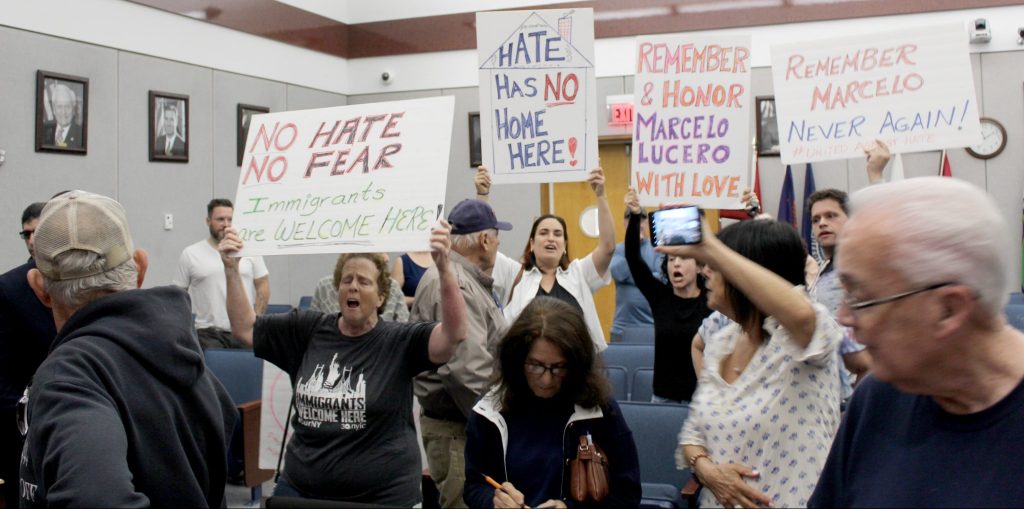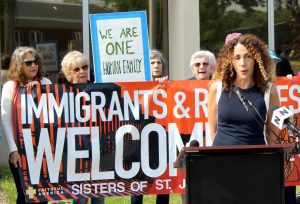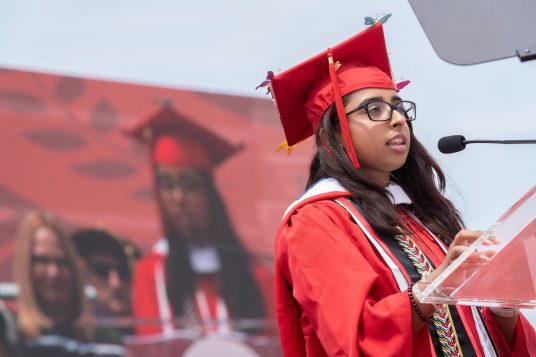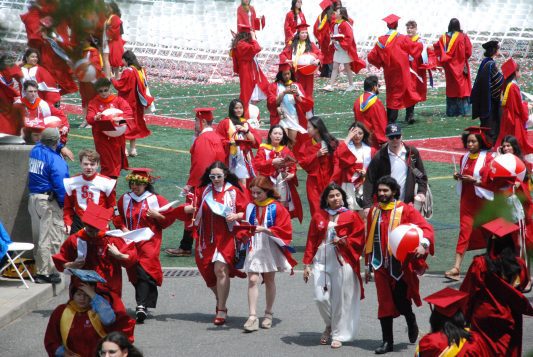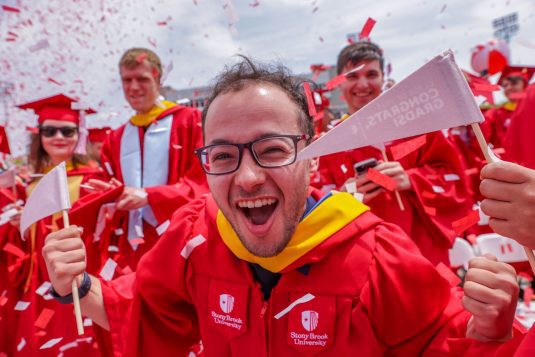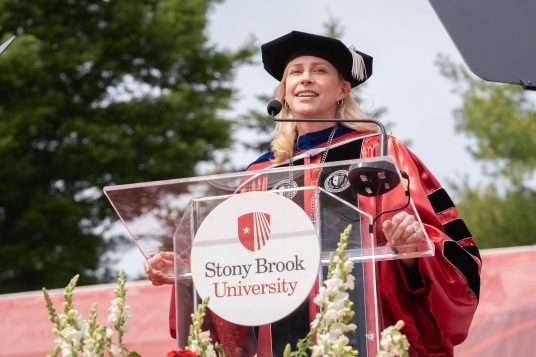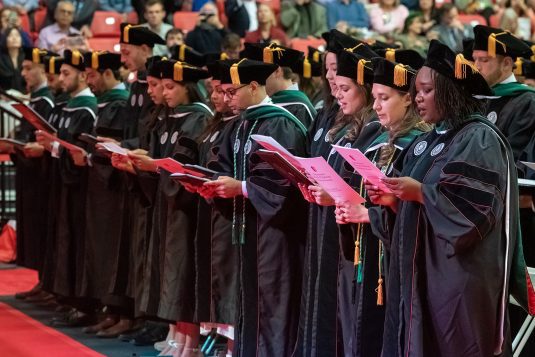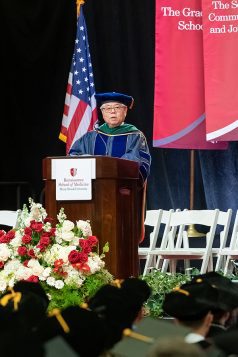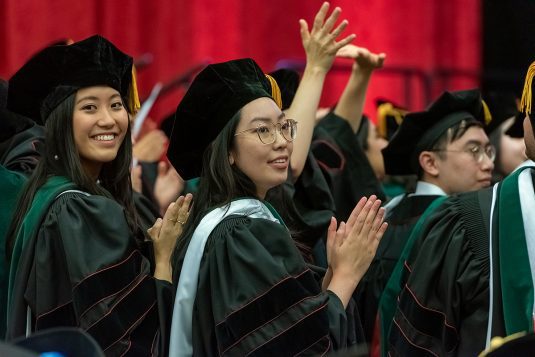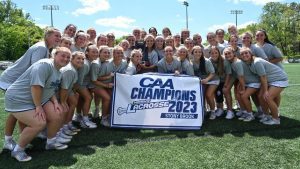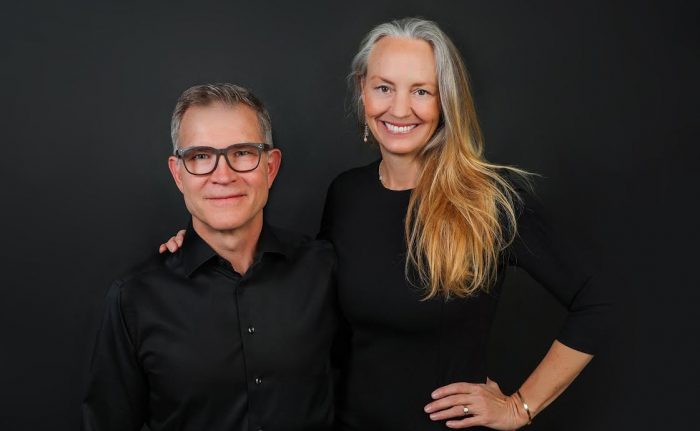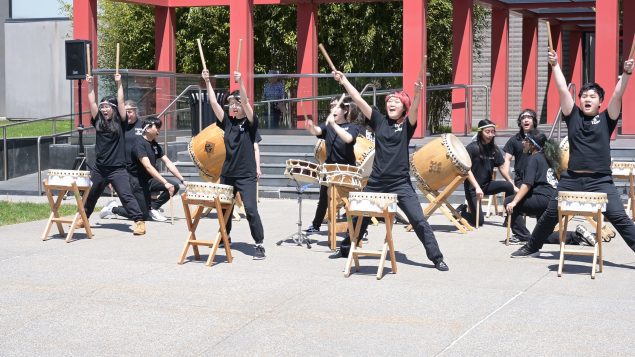By Daniel Dunaief
From June 5 to 9, Stony Brook University will host a conference titled “Africa: The Human Cradle: An International Conference Paying Tribute to Richard E. Leakey” at the Charles B. Wang Center, 100 Nicolls Road, Stony Brook.
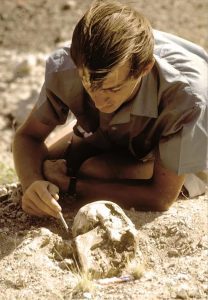 The University, which has 15 speakers among the 40 scientists delivering lectures, will celebrate the achievements of famed and late scientist and conservationist Richard Leakey and will bring together researchers from all over the world to celebrate the research in Africa that has revealed important information about early human history.
The University, which has 15 speakers among the 40 scientists delivering lectures, will celebrate the achievements of famed and late scientist and conservationist Richard Leakey and will bring together researchers from all over the world to celebrate the research in Africa that has revealed important information about early human history.
Stony Brook will host the conference in connection with the Turkana Basin Institute, which Leakey founded and is located in his native Kenya. The National Geographic Society, which provided financial support for Leakey’s seminal research for decades, is serving as a partner for the gathering.
Scientists from seven countries will discuss the latest developments in fossil research, archaeological and paleoecological records, as well as advances in geology, geochronology and genomic research.
Leakey inspired scores of scientists and made important discoveries that helped highlight Kenya’s central role in the narrative of human evolution. He died in early January 2022 at the age of 77.
Lawrence Martin, Professor in the Department of Anthropology at Stony Brook and Director of the Turkana Basin Institute, organized the meeting, along with Professor Frederick Grine. Stony Brook President Maurie McInnis and Jill Tiefenthaler, CEO of the National Geographic Society will provide opening remarks.
Martin, who called Leakey a “close friend” and a “mentor,” said the idea for the conference started in the days after Leakey’s death. The Stony Brook president “wanted Stony Brook to be the place that celebrates Richard Leakey as a scientist” and to recognize his “impact on the world.”
Organizers for the conference, which involved nine months of planning, wanted to focus on the “human story in Africa as it’s emerged” since Leakey’s ground breaking research, Martin explained. He expects the conference will involve an emotional outpouring, reflecting the personal and scientific impact Leakey had on so many other researchers and anticipates the meeting will be “state of the art” and will “pull things together in a way that’s never been done before.”
Leakey, who made his first major hominin discovery in 1964 at Lake Natron in Tanzania, worked with Stony Brook University for 20 years. SBU will share a National Geographic video tribute to Leakey on June 5 that will include pictures of his parents Louis and Mary Leakey, who made important fossil discoveries and were involved in numerous important scientific projects, through the last few years of Leakey’s life.
Scientific talks
Martin suggested that the multi-disciplinary nature of the power-packed line up reflected Richard Leakey’s scientific views and bigger picture understanding of discoveries across a range of fields.
Leakey didn’t see geology, biology, paleobiology and other fields as separate, Martin explained. He saw all those disciplines as different sources of how humans adapted and evolved, which reflects the “integrated view” the conference is “looking to encourage.”
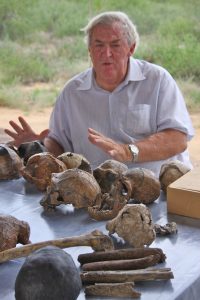
Bernard Wood, Professor in the Department of Anthropology at George Washington University, joined Leakey on his first expedition to Lake Turkana. Wood will deliver the first talk, on June 5 at 2:15 p.m. He will focus on how Leakey inspired many scientists from a range of disciplines, with his intellectual curiosity leading to numerous research projects.
Lee Berger, explorer and scientist with the National Geographic Society, will deliver a talk on June 5 at 3:50 pm that will discuss recent discoveries of human origins. Martin said Berger’s talk would be “global news” and will likely be “covered all over the world.”
The first day will conclude with a free public lecture at 5 p.m. in the Staller Center’s Recital Hall by Richard Leakey’s daughter Louise, who will provide an overview of the discoveries and expeditions of the Koobi Fora Research Project in the Turkana Basin.
While Louise Leakey’s talk is free, attendees need to pre-register. The cost to attend the entire conference is $100.
Carrie Mongle, Assistant Professor in the Department of Anthropology at Stony Brook University, will be giving a talk on June 7 at 1:15 pm. She plans to attend all of the talks, as she sees this as an “incredible opportunity to see some of the world’s top paleoanthropologists come together and present the latest research in the field.”
In her lecture, Mongle will present new data related to the reconstruction of the hominin family tree.
“One of Richard’s scientific legacies is the extraordinary number of hominin fossils he was able to add to our collective understanding of human evolution,” she said. “Phylogenetic inference is a critical step in figuring out how all of these fossils come together to form the human family tree.”
On June 6 at 2:15 p.m., SBU Assistant Professor Marine Frouin will give a talk about the contribution of luminescence dating to the chronology of Pleistocene deposits in Turkana. Frouin uses luminescence dating techniques to study human evolution.
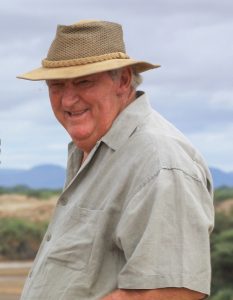
All photos downloaded with permission from:
www.flickr.com
Username: turkanabasin
Password: knmwt15000
On June 7 at 9 a.m., Stony Brook Associate Professor Sonia Harmand, who worked closely in her career with Leakey and whose family developed a close relationship with the late researcher and conservationist, will describe research in the early Stone Age. Harmand and Directrice de Recherche Emerite at Centre National de la Recherche Scientifique (CNRS) Hélène Roche will discuss evidence in light of biological and environmental changes in East Africa and will present future research directions.
Also on June 7at 2:40 p.m., Jason E. Lewis, lecturer at Stony Brook, will discuss the implications of a new Early Pliocene hominin mandible from Ileret, Kenya on the origins of Australopithecus.
Stony Brook Associate Professor Krishna Veeramah, will conclude the talks on June 7 at 4:10 p.m. with a discussion of how the analysis of modern and ancient DNA has helped understand African prehistory.
Martin, who will wrap up the talks on June 9 at 12:20 p.m., said he thinks Leakey would appreciate what people say and how much impact he had on the field.
“He was quite a self-effacing person,” Martin said. “He wouldn’t have liked too much fuss about him.” He would, however, have appreciated that people recognized that he made “significant contributions in the area of the human evolutionary story,” among so many others fields.
For a full schedule of events and lectures, visit www.stonybrook.edu/richard-leakey/


